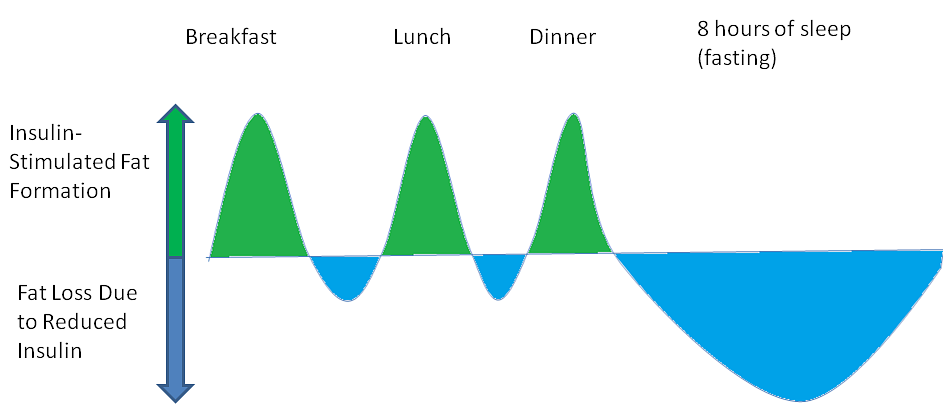Myth 1: Eating Carbs Stops Fat Loss
– An increase in the enzyme Acetyl CoEnzyme A Carboxylase 2 (ACC2). This enzyme plays a role in fatty acid synthesis, and controls the transportation of free fatty acids into the mitochondria to be used.
– An inhibition of Hormone Sensitive Lipase (HSL) which has a role in mobilising fatty acids for energy.

Myth 2: Eating Carbs Before Bed Will Make Me Fat
So We Should Now Eat All The Carbs?
Should You Avoid Low Carb Dieting?
Merits of Low Carbs
How Many Carbs Should You Eat?
Protein: 200g
Fat: 80g
Carbohydrate: 140g
What Type of Carbs?
When Should You Eat Your Carbs?
Breakfast:
Around Your Workout:

Night Time:
Big Picture Thinking
2 Sofer, Sigal, et al. “Greater weight loss and hormonal changes after 6 months diet with carbohydrates eaten mostly at dinner.” Obesity 19.10 (2011): 2006-2014.
3 John C Mavropoulos, William S Yancy et al (2005) The Effects of Low-Carbohydrate, Ketogenic diet on the Polycystic ovary syndrome: Journal Nutrition & Metabolism


.png)